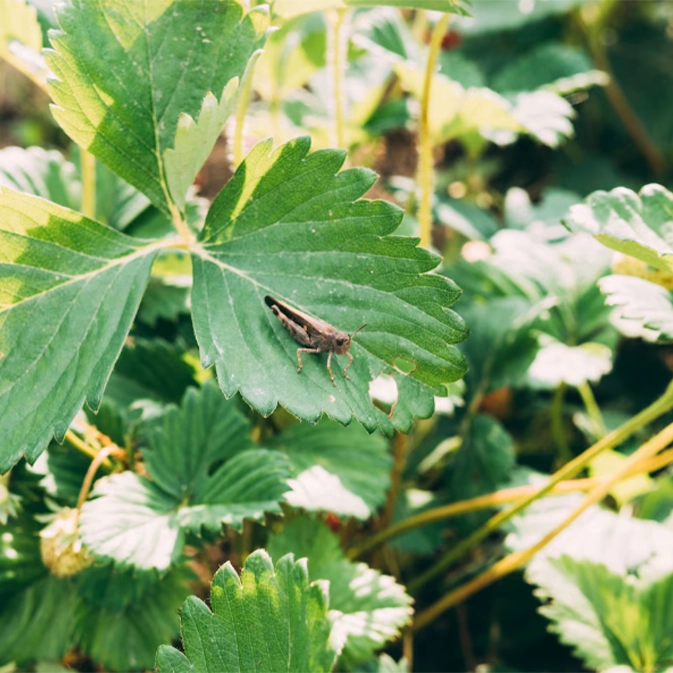Tomato moth is a pest that causes significant damage in agriculture. Scientifically known as Tuta absoluta, this moth attacks tomato plants, causing destruction. This pest negatively impacts tomato cultivation in many countries, including Turkey, leading to crop losses and economic damage.
Tomato moth can be controlled with early detection and the use of appropriate methods. Regular plant inspections should be conducted, and interventions should be made as soon as signs of infestation are observed. Effective control can be achieved using methods such as pheromone traps and biological control agents.
Tomato Leafminer Trap
Using pheromones while cultivating tomato seedlings is important for controlling harmful pests in tomato gardens. Pheromones can be chemically synthesized.
The Tuta moth releases a scent to attract male tomato leafminers. Mating tomato leafminers lay their eggs on the host plants. The eggs, once they reach the larval stage, damage the fruits and plants.
The Tuta absoluta pheromone is the chemically synthesized form of this scent. It lures the male moth into the trap. Without finding a male, the Tuta moth cannot mate, leading to a reduction in the population. This is the principle behind the pheromone’s operation. This method is an effective way to combat the Tuta moth. By setting up traps three days before planting, the moths cannot lay their eggs.
There are some points to be aware of regarding the correct use of pheromones:
- The pheromone must be correctly selected.
- Traps should be placed in the right locations. Traps placed in areas with more insect activity are more effective.
- To achieve greater benefits, traps should be regularly maintained and inspected.
Using Pheromones in Tomato Cultivation
The use of pheromones in tomato cultivation is as follows:
- It provides control against the prevention of tomato leafminer.
- The Tuta moth is known as the most harmful pest in tomato seedling cultivation.
Additionally;
- It is also used against other pests. Its effectiveness against whiteflies can be given as an example.
Using pheromones in tomato seedling cultivation is a significant way to combat pests. This reduces the use of chemical pesticides while maintaining the natural balance.
Among the mass destruction methods against the tomato leafminer are pheromone + water traps, light + pheromone + water traps, and delta-type pheromone traps.

How to Combat the Tomato Leafminer?
Applying effective methods against harmful pests is crucial in combating the tomato leafminer. Plant protection is one of the most important aspects of tomato cultivation. When these methods are applied carefully, the plant is protected, and the population of these harmful pests decreases. There are several methods to protect the plant:
These methods are:
- The correct and effective use of pheromone traps: Regular maintenance and inspection of these traps, which help control the moth population, will increase their effectiveness.
- Attention to plant hygiene in tomato cultivation is another important aspect. Cleaning damaged leaves and fruits and removing affected parts is crucial.
- In biological control, predator insects and parasites can reduce the damage caused by the tomato leafminer.
- When other control methods fail, chemical methods can also be used. The use of chemical methods is preferred when the plant damage is severe.
- Proper use of cultural control methods can reduce the spread and damage of harmful insects in plant protection.
To minimize the impact of harmful pests and chemicals that hinder organic farming, you can contact Kapar Organik.
